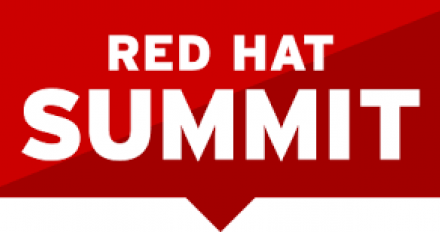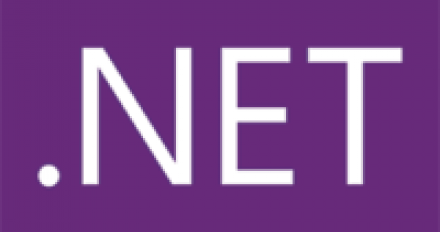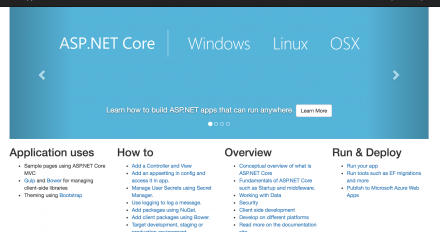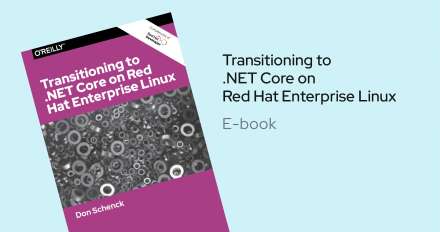
Run .NET and SQL Server natively on Linux with OpenShift
Hear from John Osborne, Sr. Solutions Architect, Red Hat, Harold Wong, Cloud Architect, Microsoft, and Jason Dudash, Specialist Solution Architect, Red Hat in this breakout session at Red Hat Summit 2017 For the past several years, Microsoft's approach has been to make Linux and open source technologies first class citizens in the public cloud. Microsoft engineers participate in key open source communities. In this joint session with Red Hat and Microsoft, we'll demonstrate technologies like .NET and SQL Server running on Red Hat Enterprise Linux-based containers in OpenShift on premise and in Azure. We'll also discuss the development and operational perspectives and things like security patching and scans. https://www.redhat.com/en/summit/2017/agenda/sessions


















